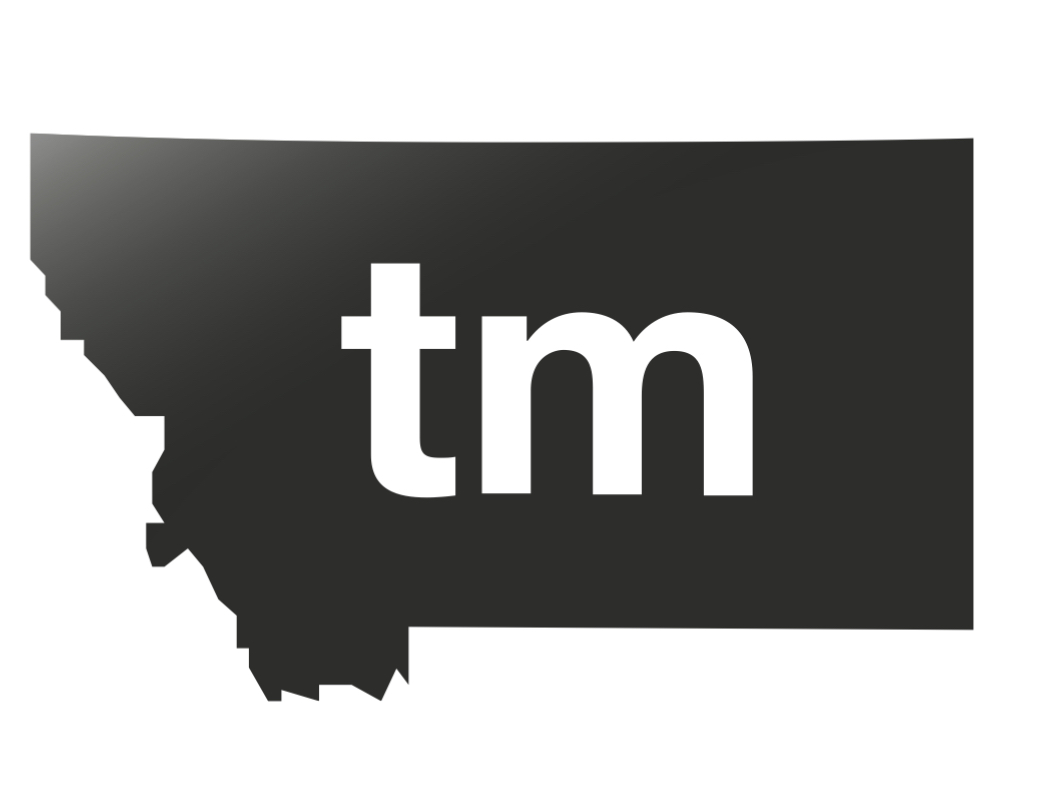
Tourism is a cornerstone of Montana’s economy, fueling communities from bustling urban hubs to the most rural corners of the state. The profound impact of non-resident travel is backed by decades of research conducted by the Institute for Tourism and Recreation Research (ITRR) at the University of Montana, which has been a trusted source of tourism data since 1987. Complementing ITRR’s efforts, the U.S. Travel Association and the National Park Service provide key insights into the broader economic effects of tourism, including the contributions of Montana’s iconic national parks.
In 2023, Montana welcomed over 12.5 million non-resident visitors, whose activities created a ripple effect of economic benefits statewide. Consider these impressive figures:
Tourism fuels economic growth across Montana, but its impact is perhaps most profoundly felt in rural communities. While urban centers like Missoula, Bozeman, and Billings benefit from their accessibility, diverse lodging options, and cultural attractions, rural areas depend on tourism to sustain local economies and create opportunities that might not exist otherwise.
Small towns and remote regions are often the heart of Montana’s tourism identity, showcasing the state’s natural beauty, outdoor recreation, and cultural heritage. For example, Glacier National Park anchors significant tourism activity in Flathead and Glacier counties, while Yellowstone National Park supports a similar role in Park and Gallatin counties. Towns like West Yellowstone, Gardiner, and Red Lodge thrive as gateways to these iconic destinations, offering lodging, dining, and outfitter services to visitors exploring Montana’s wilderness.
Tourism is not just a seasonal boost for these areas; it is often a lifeline. In communities with limited industries, the visitor economy creates essential jobs, from guiding and hospitality to retail and transportation. These jobs support families and keep small towns viable. Additionally, tourism dollars often fund community services and infrastructure improvements that benefit both residents and visitors.
Beyond the national parks, rural areas across Montana draw travelers with their unique offerings, such as fly fishing in Craig, birdwatching along the Hi-Line, or experiencing small-town rodeos and cultural festivals. These attractions highlight the importance of spreading tourism dollars beyond heavily visited areas, ensuring a more equitable distribution of economic benefits across the state.
Montana’s world-renowned national parks are undeniable drivers of visitation, with Glacier National Park alone welcoming over 3 million visitors annually. However, the state's lesser-known destinations also possess immense potential. Encouraging travelers to explore these under-visited areas can create new economic opportunities while easing congestion at heavily trafficked locations. Tourism diversification helps balance economic growth and preserves the natural resources that make Montana so special.
The work of the Institute for Tourism and Recreation Research is indispensable in managing and optimizing Montana’s tourism industry. By analyzing visitor trends, spending habits, and economic impacts, ITRR empowers stakeholders to make informed decisions that support sustainable tourism. Policymakers, business owners, and community leaders rely on this data to craft strategies that maximize benefits and minimize challenges.
Tourism matters to Montana’s rural communities. It brings life to small towns, sustains families, and fosters growth in areas that might otherwise struggle economically. Whether it’s supporting local businesses, providing jobs, or contributing to public services, tourism is vital to Montana’s way of life. Thanks to reliable research and strategic planning, Montana can continue to harness the power of tourism to ensure a thriving, sustainable future for every corner of the state.